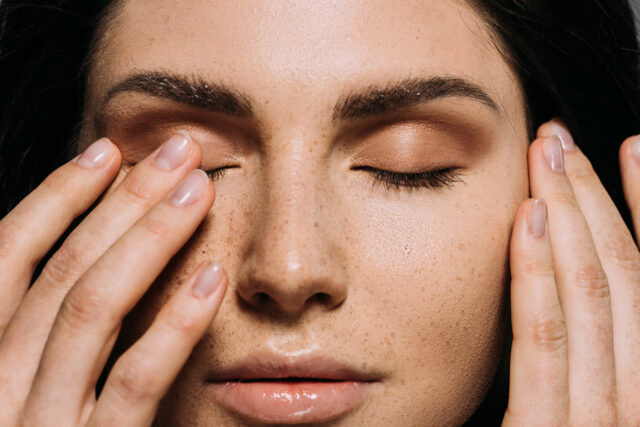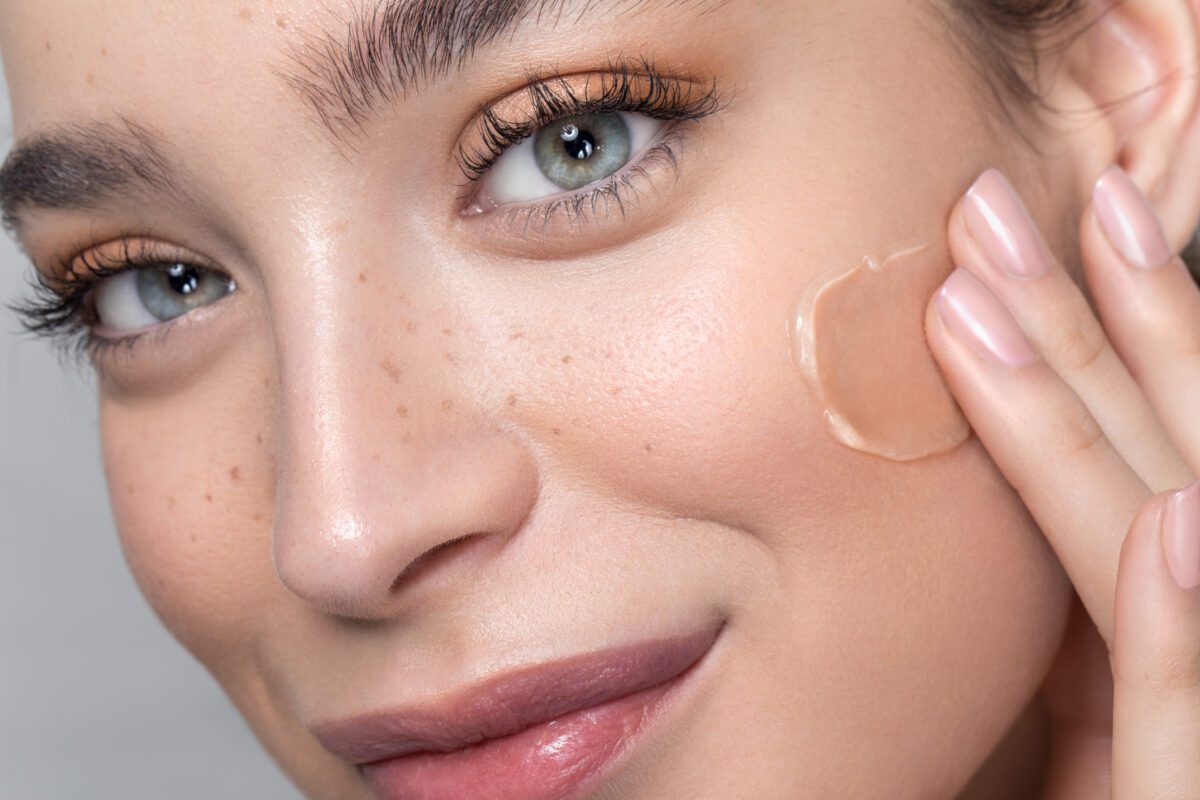What triggers hyperpigmentation and some possible causes
There are two types of pigmentation: irregular or regular patches of dark pigment on the skin. Your hyperpigmentation concerns may be spread out or concentrated in one area depending on your skin type. We often associate hyperpigmentation with the face, but it can also appear on the back, hands, and shoulders. A person with hyperpigmentation can have it anywhere on their body, but it is more noticeable on their faces. Here we talk about Hyperpigmentation treatments available in London.
There are many treatments available on the market for hyperpigmentation since it is a common problem. However, before we can determine which treatment is best for you, we must understand what triggers your hyperpigmentation. Various factors can cause hyperpigmentation in individuals, and each trigger might differ. The most common are:
-
Sun exposure
-
Hormonal pigmentation
-
Post-partum pregnancy
-
Age
-
Tissue inflammation
-
Trauma
-
Chemical agents
-
Photosensitising medications
-
Genetics

Hyperpigmentation treatments London
1. Freckles Hyperpigmentation Treatments
Freckles are also caused by hyperpigmentation and exposure to the sun. Freckles usually get darker in the summer and get lighter in the winter.
Hyperpigmentation Treatments for freckles include:
-
(Harmony XL PRO Laser AAFT Technology – DYE VL)
After the first treatment, we can see an 80% reduction in freckles, and results can last up to two years. Due to the body’s natural process of producing freckles, freckles will return. Clients need to maintain their results and avoid pigmentation triggers by blocking sun exposure with high SPF and hat.
2.Post-inflammatory Hyperpigmentation Treatments
Compared to the other types of hyperpigmentation previously mentioned, post-inflammatory hyperpigmentation is more difficult to treat. As a therapist, you have to consider a lot of factors. In the case of post-inflammatory hyperpigmentation, for example, setting the treatment at a lower level. Alternatively, you may cause more skin production.
After an injury or skin inflammation, such as acne, PIHP occurs as a temporary pigmentation mark. We recommend the following treatments:
-
Q-Switch Laser
3. Melasma Hyperpigmentation Treatments
Melasma affects more than 50 million women worldwide. Hyperpigmentation is one of the most common types of skin conditions.
Melasma is a stubborn type of hyperpigmentation due to its way of treatment. At some cases the pigmentation looks almost like a butterfly mask. So if you have it on one side, you’ll have it on the other side. This is mostly developed after pregnancy or hormonal factors.
For Melasma, one of the most effective treatments is a Cosmelan Depigmentation Peel. Cosmelan reduces up to 90% of pigmentation in 1 treatment. Cosmelan Peel is an acid cocktail made up of melanin inhibitors. When the pigmentation begins to lighten up, we can use laser treatments.
Book you complimentary patch test and consultation at Derma Revive Skin Clinic to learn more!Â

